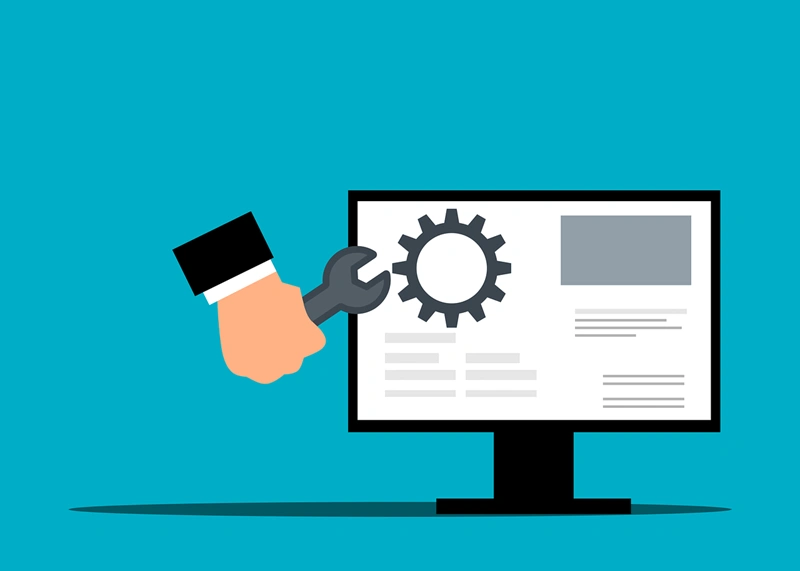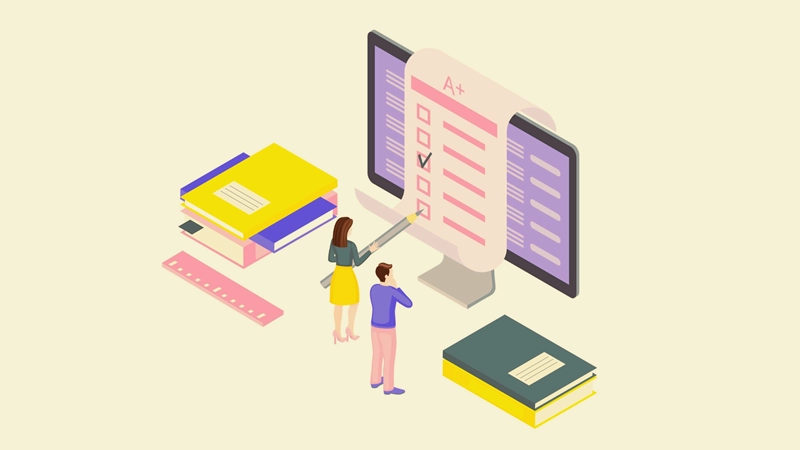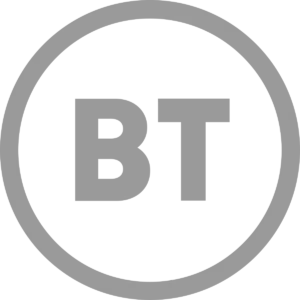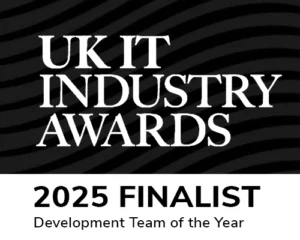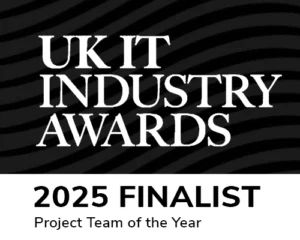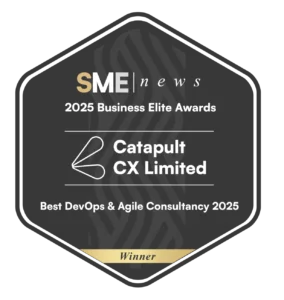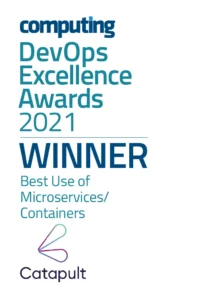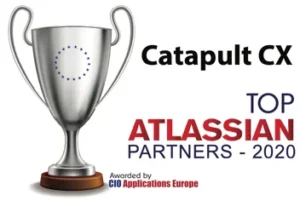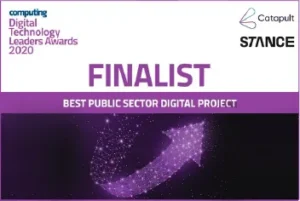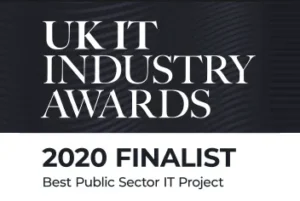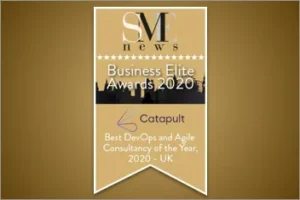Legacy systems are the heart of most established organisations. They process transactions, store regulated data and keep daily operations running. But for CIOs and CTOs, these platforms are both an essential asset and a significant constraint.
On one hand, they offer stability, reliability and familiarity, qualities that are hard to replace. On the other, they drain resources with rising maintenance costs, restrict innovation with inflexible architectures and lock businesses into outdated practices.
This creates the central dilemma. You cannot simply switch them off, but you cannot let them dictate your future pace of change.
According to McKinsey, around 70% of large-scale transformation programmes fail to achieve their goals, often because the inherent risks and complexity are underestimated.
Modernization is not just an IT upgrade, it is a strategic move to ensure business continuity while unlocking the growth, resilience and agility needed to compete in the modern landscape.
Executive Summary
- The dilemma. Legacy systems are critical but increasingly costly, rigid and risky. Leaving them untouched, compounds technical debt and vendor lock-in.
- The risk. Downtime costs can exceed $9,000 per minute and average $152m annually, in financial services, making disruption a board-level concern.
- The solution. Modernization can be achieved without disruption through phased replacements, risk-mitigated migrations and Catapult’s Build-Operate-Transfer model.
- The outcome. Future-proof architecture, vendor independence, and clean, compliant data, coupled with embedded engineering practices that continue to produce high quality software, preventing tomorrow’s legacy headaches and enabling agility, scalability and adoption of advanced technologies.
Explore our Legacy System Modernization services
Why disruption is the biggest barrier
Downtime is no longer a localised IT issue, it is a board-level concern with measurable financial and reputational consequences. The direct costs are staggering:
- Across industries, downtime costs on average, $5,600 per minute, rising to $9,000 per minute in large enterprises.
- In financial services, where uptime is paramount, the average annual cost of downtime reaches $152 million.
With stakes this high, caution is an imperative. A failed migration or a ‘big bang’ cutover can mean lost revenue, regulatory penalties and long-term customer churn.
However, true risk analysis must also account for the cost of inaction. Standing still is not a safe harbour, rather, it is a slow drift toward obsolescence. Each year without action, vendor lock-in tightens, technical debt compounds and the pool of retiring specialists with legacy skills shrinks. Doing nothing makes an organisation more vulnerable, not less.
Addressing the common obstacles to modernization
Beyond the fear of disruption, successful legacy transformation means navigating a known set of challenges. Recognising these obstacles upfront allows CIOs to design programmes that address risk early, rather than discovering it mid-transition.
Vendor dependency. Many organisations are tied to inflexible, long-term contracts for their core systems. This limits room for negotiation and innovation, effectively putting the vendor’s product roadmap ahead of the business’ strategic goals. Moving away requires a careful strategy for data extraction, functional replacement and achieving vendor independence.
Disappearing skills. The specialists able to support mainframes, outdated middleware and COBOL are retiring, leaving expensive and high-risk skills gaps. It becomes increasingly difficult and costly to maintain, patch and secure these systems when the institutional knowledge to do so is walking out of the door.
Security blind spots. Legacy systems were not designed for the modern threat landscape. They often lack real-time monitoring, robust access controls, or the ability to integrate with modern security paradigms like Zero Trust, exposing organisations to compliance and audit risks.
Integration bottlenecks. The modern enterprise runs on a network of SaaS platforms, data pipelines and cloud-native services. Legacy platforms rarely connect seamlessly to this ecosystem, creating data silos and requiring brittle, custom-built integrations that are a constant source of failure.
Cultural resistance. Teams that have spent years in a ‘keep the lights on’ maintenance mode may struggle to embrace the modern DevOps or Agile practices required for continuous improvement. The shift from a project mindset to a product mindset can be a significant cultural and operational hurdle.
Proof. Modernization without disruption at Aldermore Bank
Aldermore Bank, a UK specialist lender, was held back by a rigid legacy platform that was slow to evolve and out of line with customer expectations. Catapult partnered with them to design and deliver a cloud-native banking platform, executing the transformation with no major incidents.
The results were measurable:
- NPS for Business Savings customers rose from 46.5 to a peak of 70.3.
- 221 hours of manual work saved per month through new self-serve features and improved processes.
- Zero-downtime daily releases enabled by implementing modern CI/CD pipelines and feature flagging.
This was not just system replacement. It was building a foundation for long-term resilience, future-proof architecture and customer-led growth.
What low-disruption modernization looks like
Successful programmes turn a high-risk leap into a managed, incremental transition. CIOs and CTOs should look for these principles:
- Minimum Viable Replacement (MVR). Replace critical components of the legacy system with functional, modern alternatives. Prove value early, build momentum and contain risk by tackling the system in manageable pieces.
- Proof-of-Concept first. Validate technical feasibility before committing to large-scale investment. This uncovers risks and tests assumptions in a low-stakes environment.
- Wrap-or-replace strategy. Some systems can be extended by ‘wrapping’ them with APIs to expose data and functionality, delaying the need for immediate replacement. Others are better handled through phased, module-by-module rebuilds.
- Build-Operate-Transfer (BOT). To ensure continuity, external teams can build and run new solutions before handing them over once stable. This reduces dependency while upskilling internal staff.
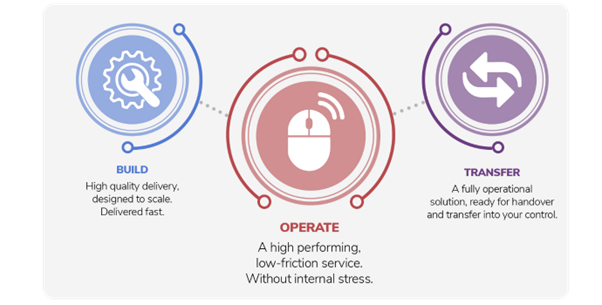
- Risk-mitigated migrations. Data is not only moved but also cleaned, secured and aligned with GDPR/PII compliance so it is reliable, usable and ready for future pipelines.
- Security and observability built-in. Monitoring, dashboards and alerts ensure CIOs maintain visibility and control during and after the transition.
- Future-proof architecture. Modern systems are designed to evolve, scale and be maintained with in-house skills, avoiding reliance on niche vendors.
From technical fix to strategic value
Modernization should be positioned in the boardroom as a business growth engine, not a cost centre. The value is multi-dimensional:
- Agility & speed to market. Modern platforms enable rapid iteration and continuous delivery, helping the business respond faster to customer needs.
- Scalability & growth. Modern systems absorb higher volumes and support acquisitions without costly replatforming.
- Operational efficiency. Reduced reliance on legacy skills, optimised licensing and more efficient infrastructure drive down costs.
- Improved customer experience. Customers benefit from fast, reliable, user-friendly services that improve satisfaction and retention.
- Compliance and security. By embedding governance, GDPR alignment and security from the outset, organisations reduce audit pain and regulatory exposure.
- Future enablement. Unlocking high-quality data from legacy silos makes it possible to adopt AI, analytics and automation confidently.
Thinking about modernising but worried about disruption?
Our team helps CIOs and CTOs de-risk migrations with proven, low-disruption methods.
Explore our Legacy System Modernization services
Building a roadmap rooted in business outcomes
A successful modernization programme begins by answering the right strategic questions before any code is written.
- What is the minimum viable replacement we can deliver first to build momentum?
- Where are our most significant hidden compliance and data risks?
- What integrations are non-negotiable and must remain live during the transition?
- How will we measure continuity and customer experience throughout?
- What does future-proof architecture look like for our business model?
Answering these questions provides clarity and de-risks the process. It is the foundation of a strategy based on business outcomes, not vendor hype.
Modernize with confidence
Legacy systems are critical, but they cannot remain untouched forever. Each year of delay increases technical debt, cost and risk. The reality is that modernization can be achieved without disruption. With the right method, CIOs and CTOs can protect continuity while positioning their organisation for long-term growth and resilience.
Don’t let outdated platforms hold you back. Talk to Catapult about legacy system modernization that protects business continuity and unlocks future opportunity.

